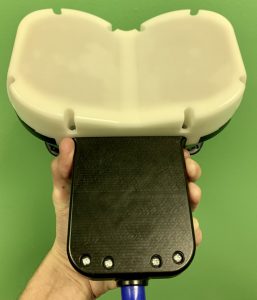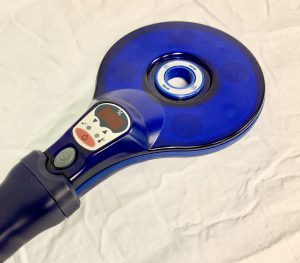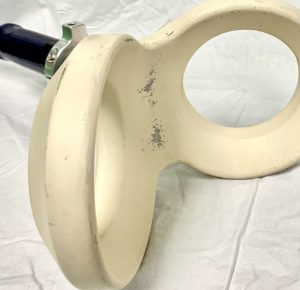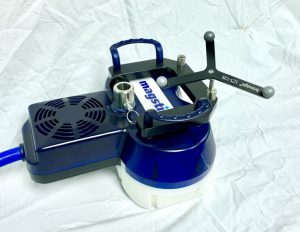What is TMS and what does it do?
TMS stands for transcranial magnetic stimulation, which is one of several types of non-invasive brain stimulation methods. TMS uses a powerful magnetic coil to induce currents that interact with the cells in your brain.
TMS can be useful in many different contexts, such as changing how the brain functions or used as a way to assess if other interventions made changes to brain activity.
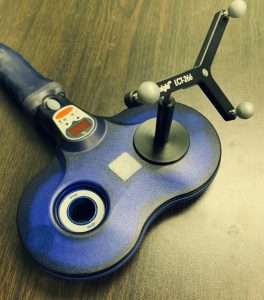
TMS Examples and Applications
Single Pulse TMS: One of the most common TMS applications uses a single pulse to localize parts of the brain, usually in the motor or occipital cortex. In either case, single pulse TMS is incredibly effective for determining appropriate stimulation intensity for each person.
Paired Pulse TMS (ppTMS): This diagnostic method uses two pulses, each at a different time point. This can be helpful for seeing how the brain responds to stimuli at different times, which can help determine if an intervention produced any meaningful changes to how the brain functions.
Repetitive TMS (rTMS): This method is uses continuous “trains” of stimulation for a specified duration of time in efforts to produce lasting effects to brain function by either selectively increasing or decreasing the activity of the brain. Low frequency TMS (less than 1Hz) is believed to inhibit brain activity whereas high frequency TMS (greater than 1Hz) is believed to facilitate the activity.
Theta Burst Stimulation (TBS): Other examples of rTMS are referred to as Theta Burst Stimulation (TBS), which can be done either as continuous (cTBS) or intermittent (iTBS). cTMS is suggested as decreasing activity, where iTBS is suggested to increase activity. TBS is also suggested to influence brain activity for greater periods of time than ‘typical’ rTMS.
Types of TMS Coils
There are many different types of coils that are used for administering TMS. A round or circular shaped coil was the original coil design until the figure-of-eight design was developed. The iconic figure-of-eight coil is one of the most commonly used coils for single and paired pulse. There are also modified versions of the figure-of-eight coil design that have a built-in vacuum for cooling the rTMS device during sessions. These coils produce focal pulses that can only penetrate about 2-3 cm into the brain. Other coils, such as the double-cone or the crown coil, are able to reach deeper structures in the brain, but these pulses are less direct for a specific location.
